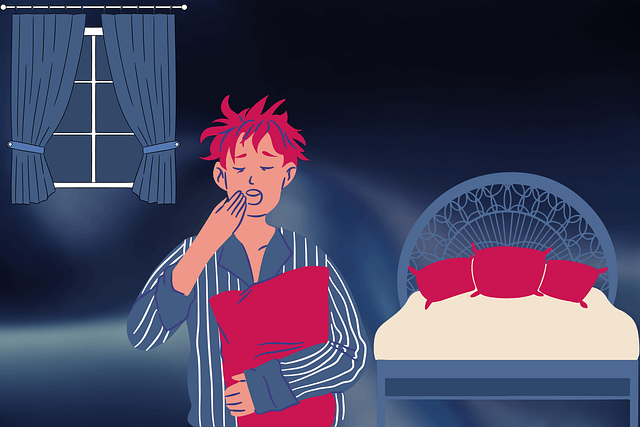



Yescarta’s OS benefit versus SOC was also similar across key patient subgroups, including patients with high-risk features, such as those with primary refractory disease, high-grade B-cell lymphoma (including double-hit lymphomas) and aged 65 and above. Median OS was longer with Yescarta versus SOC (not reached versus 31.1 months, respectively) and 48-month OS estimates were higher with Yescarta (54.6% versus 46.0%, respectively). The primary OS analysis, conducted per protocol five years after the first subject was randomized, demonstrated superior OS with Yescarta over the SOC arm, despite more than half (57%) of patients in the SOC arm subsequently receiving cellular immunotherapy off protocol of these, 77% of patients received Yescarta. “The totality of the ZUMA-7 data provides a compelling case for axi-cel to be used as soon as patients with large B-cell lymphoma do not respond to or relapse from first-line treatment.” “As the first treatment in nearly three decades to significantly improve survival for patients with relapsed/refractory large B-cell lymphoma, axi-cel can potentially change the standard of care for these patients who previously had very limited options for successful curative therapy,” said Jason Westin, MD, MS, FACP, ZUMA-7 Principal Investigator, Director, Lymphoma Clinical Research, and Associate Professor, Department of Lymphoma/Myeloma at The University of Texas MD Anderson Cancer Center. It is notable that despite this process being the historical SOC, less than 40% of patients were able to make it through to complete their stem cell transplant compared with 94% of patients in the ZUMA-7 study who received Yescarta CAR T-cell therapy. The process starts with chemoimmunotherapy, and if a patient responds and can tolerate further treatment, they move on to high-dose chemotherapy (HDT), followed by stem cell transplant (ASCT). SOC therapy for this patient population has historically been a multi-step process expected to end with stem-cell transplant. With a median follow-up of 4 years (47.2 months), a one-time treatment with Yescarta demonstrated significantly longer overall survival (hazard ratio 0.726 95% CI: 0.540-0.977, stratified one-sided log rank p-value = 0.0168) compared to SOC with a 27.4% reduction in the risk of death, which corresponds to a 38% relative improvement in overall survival, for patients with R/R LBCL within 12 months completion of first-line therapy. The late-breaking data are being presented orally at the 2023 American Society of Clinical Oncology Annual Meeting (Abstract #LBA107) and published simultaneously in the New England Journal of Medicine. Yescarta is the first treatment in nearly 30 years to demonstrate a significant improvement in survival in this patient population.

SANTA MONICA, Calif.-( BUSINESS WIRE)-Kite, a Gilead Company (Nasdaq: GILD), today announces detailed results from the overall survival (OS) analysis of the landmark Phase 3 ZUMA-7 study of Yescarta ® (axicabtagene ciloleucel ) CAR T-cell therapy compared with historical standard of care (SOC) as initial treatment in the curative setting for patients with relapsed or refractory large B-cell lymphoma (R/R LBCL).


 0 kommentar(er)
0 kommentar(er)
